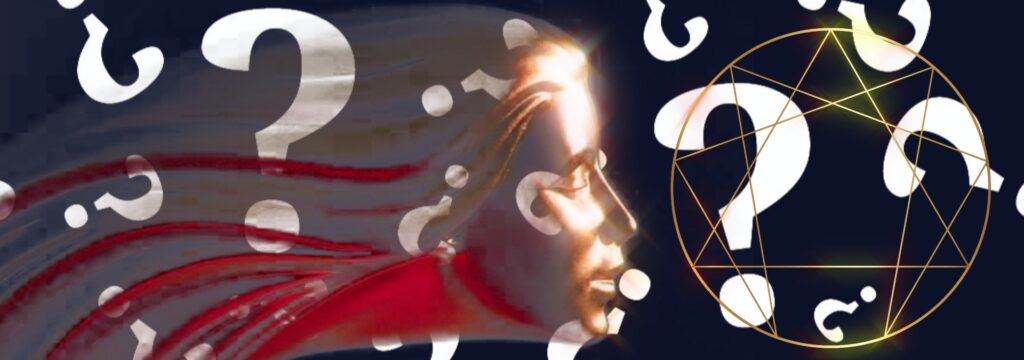Do enneagram personality type tests work?
The enneagram of personality types has exploded in popularity around the world. In the past thirty-five years, dozens of books have been published on the enneagram of personality types as well as thousands of articles and blog posts.
There are a couple of dozen enneagram tests available on the Internet. Do enneagram tests work? What’s the value of taking an enneagram test? If and when should one take an enneagram test?

Understanding the orientation and methodology of the Diamond Approach (DA) might offer some insight into the possible value of taking an enneagram test and when the test might serve one best.
The Diamond Approach is devoted to helping people discover and explore the nature of reality and the human being. It is fundamentally an exploration into who and what we are.
Many DA teachers, including A. H. Almaas, founder of the Diamond Approach, often recommend that students explore the enneagram as a means of learning more about their personality and its underlying structures and dynamics. The personality is understood as a surface presentation of what we are. It’s where the exploration and deep dive into the mysteries of ourselves and true nature begins.

Investigating & Exploring Your Personality Type
This may not be for you…
Since the DA is oriented around deep, personal inquiry, it is be recommended that someone new to the enneagram read about and explore all nine enneatypes and the enneagram of personality types in general for some time, maybe six months to a year, before taking an enneagram personality type test.
Looking for a quick answer doesn’t reflect the spirit, the appreciation, and understanding of the process of inquiry and spiritual development, nor the recognition of the enneagram’s intricate dynamics and deep wisdom. Taking stock of one’s motivation for discovering their enneatype is a great place to begin one’s exploration.
After reading a couple of books, attending a couple of talks or workshops, and talking with other enneagram enthusiasts and teachers, if one is still unclear about their enneatype, then an enneagram test might be of value in helping sort through some confusion or similarities. While it is important to recognize and understand one’s type, it is just as important to understand all nine enneagram types, as all nine types are part of our psyche and underlying reality.
Wrestling with discovering your type is time well spent. If you feel you’ve given it your all and you’re still not sure if you’re an eight or a counter-phobic six, then take an enneagram test. But, don’t take the enneagram test result as the ultimate authority.
Continue to explore the type and reflect on your past to see if the type fits – and – pay attention to how the type moves under stress. Our lives are full of stress. Reflecting on our late teens and early twenties, we should be able to see the movement from our enneatype to its stress point fairly easy.
So, most Diamond Approach teachers would recommend exploring first, perhaps with the support of a teacher or guide, and testing later if needed – if your motivation is to understand yourself more deeply.
In the Keys to the Enneagram course, Enneagram teachers Sandra Maitri and Russ Hudson will explore each of the ennea-types from the perspective of A.H. Almaas’s book of the same name, Keys to the Enneagram. This course will provide in-depth and experiential opportunities to explore the spiritual endowments and true essence of each type. While this course may provide clarity on which ennea-type a person leads with, it will also lead participants beyond typology and into the radical potential for wholeness hidden in working with the enneagram.

